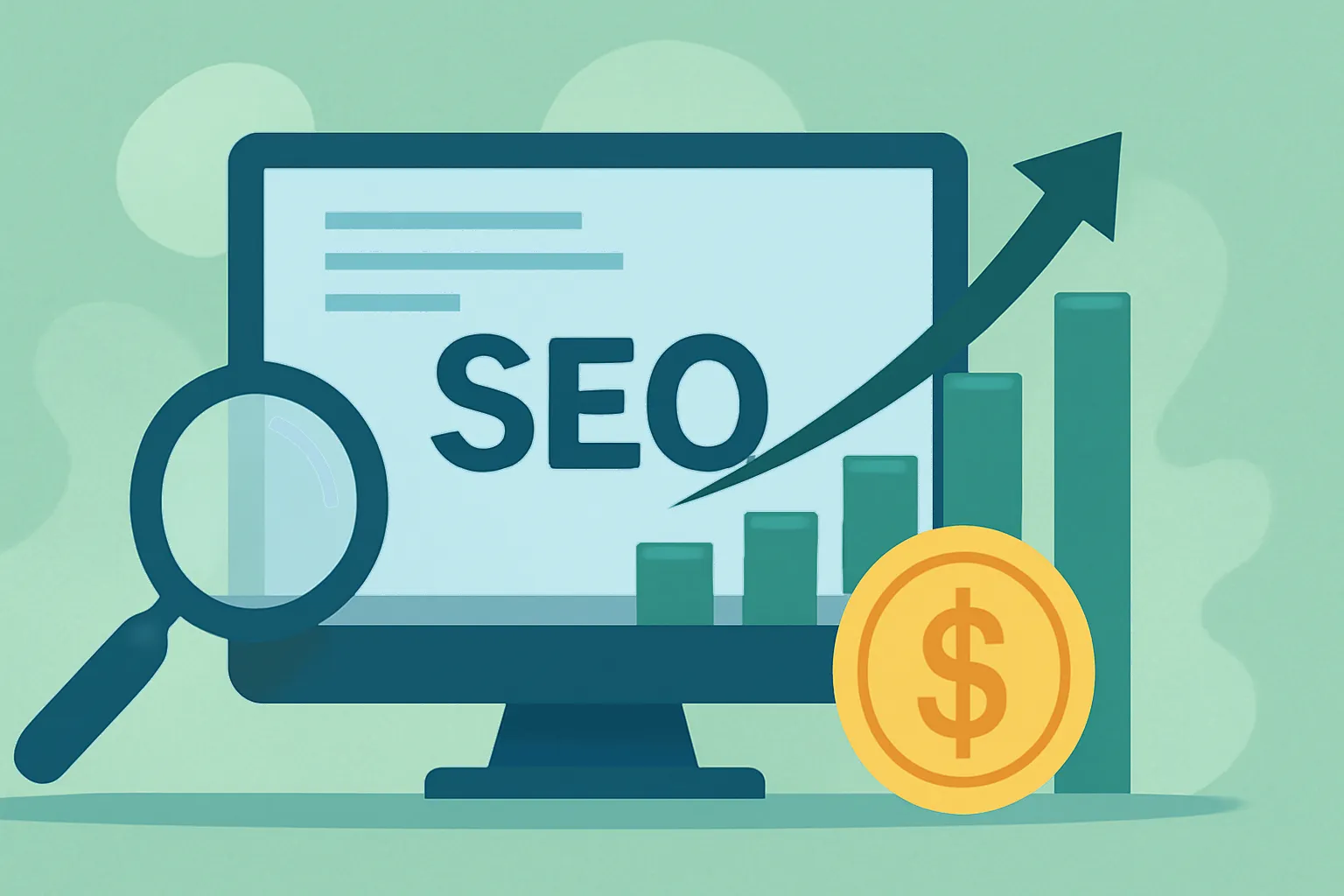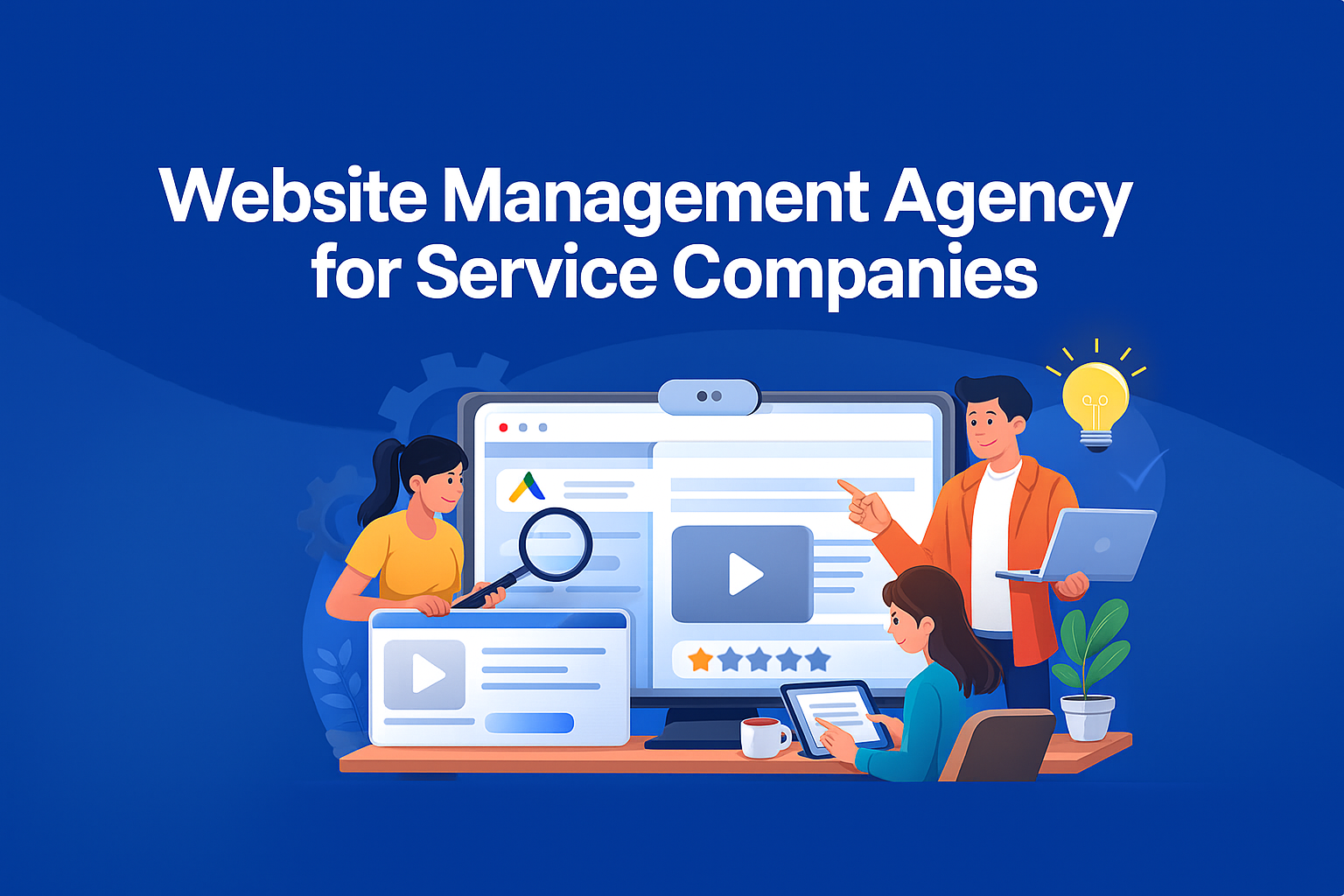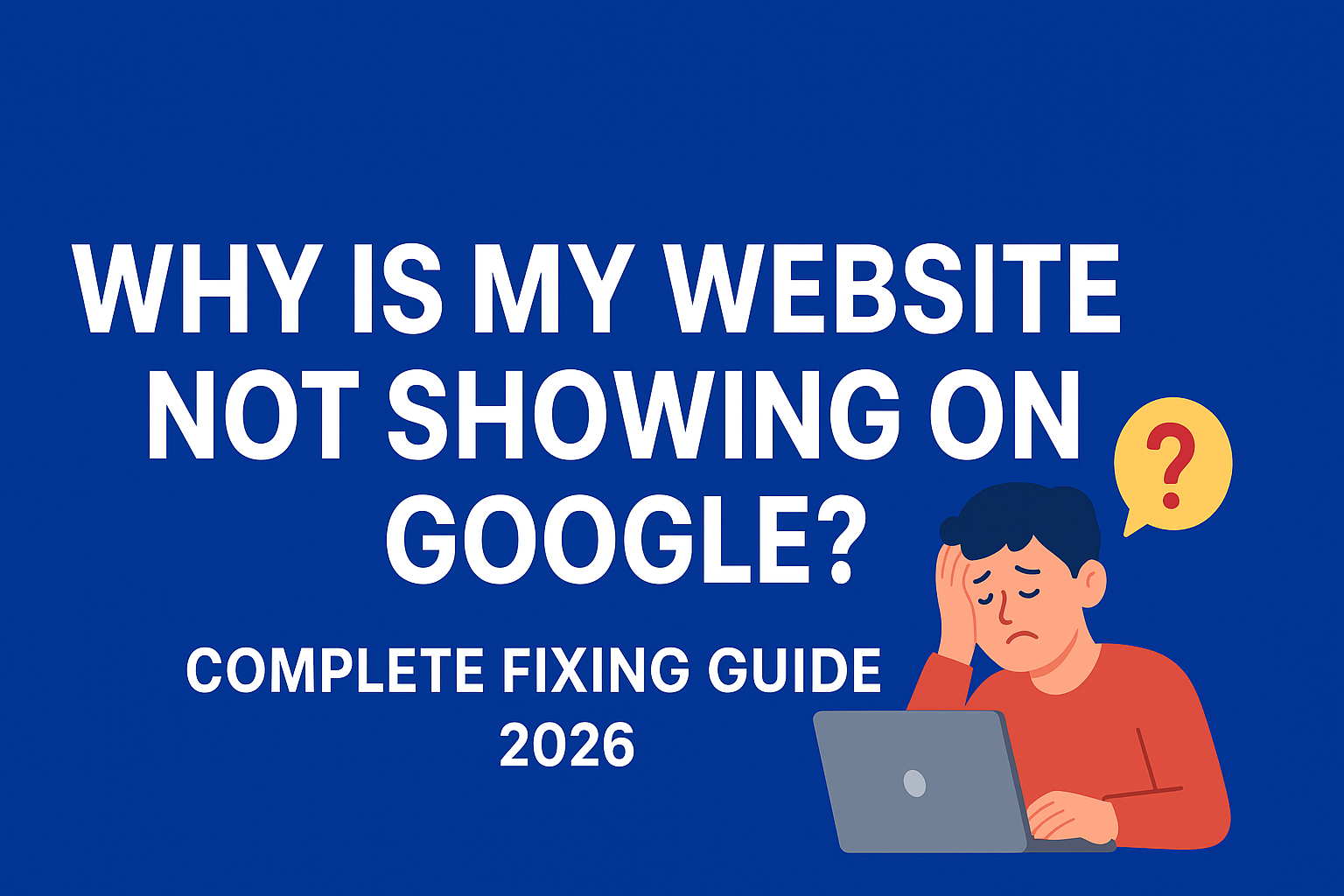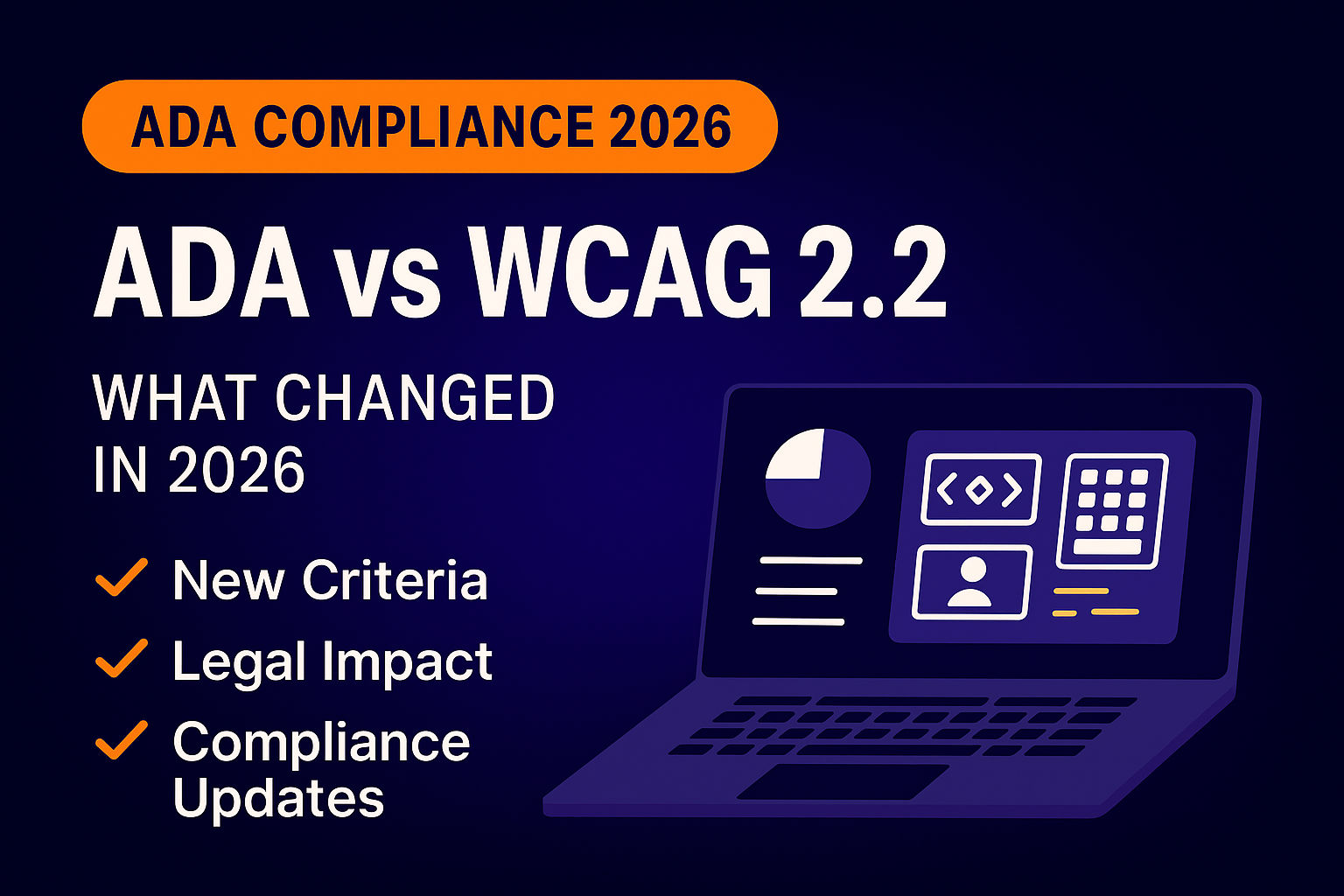When you’re running a business, every dollar you spend has to pull its weight. Marketing is no exception. That’s why so many business owners ask: Is SEO ROI really worth it?
The short answer: yes — but only if you understand how to measure it.
Search Engine Optimization isn’t just about climbing Google rankings. It’s about bringing in qualified traffic, generating leads, and turning those leads into paying customers. In other words, SEO is an investment — and like any investment, it has an ROI.
Let’s break down what that means in plain English, how to calculate it, and why SEO often delivers one of the highest returns in digital marketing.
Why ROI Matters in SEO
Think about it: if you’re going to invest $5,000 in SEO services, you want to know what you’re getting in return. Are you generating $10,000? $50,000? More?
Unlike a billboard on the highway or a print ad in a magazine, SEO is measurable. You can track rankings, traffic, leads, and revenue. That’s the beauty of digital marketing — no more guessing.
For a strong foundation in SEO principles, you can explore the Moz Beginner’s Guide to SEO, an industry-resource.
But here’s the catch: SEO is a long game. Results don’t come overnight. You might not see immediate returns in the first month or two, but over time, the compounding effect can far exceed other channels.
How to Calculate SEO ROI
At its core, the formula for ROI is simple:
ROI = (Revenue from SEO – Cost of SEO) ÷ Cost of SEO × 100
Here’s how it works in practice:
- Suppose you spend $3,000 a month on SEO.
- After six months, you see an increase in traffic and conversions that brings in $15,000 in new revenue.
- Your ROI is ($15,000 – $3,000) ÷ $3,000 × 100 = 400%.
That means for every $1 you put into SEO, you got $4 back. Not bad, right?
Metrics That Show SEO ROI
Now, ROI isn’t always as simple as plugging numbers into a formula. SEO is multi-layered, so you need to track different metrics that paint the bigger picture.
Here are the most important ones:
1. Organic Traffic
This is the number of visitors landing on your site from search engines. If SEO is working, this number should grow steadily over time.
2. Keyword Rankings
You can’t dominate search results overnight, but watching your rankings climb for target keywords is a strong signal that ROI is on the horizon.
3. Conversions and Leads
Traffic is great, but leads and sales are what matter most. Tracking form submissions, calls, or purchases tied to organic traffic is crucial.
4. Customer Lifetime Value (CLV)
If one new customer brings in $5,000 in lifetime value, and SEO delivers 10 new customers, that’s $50,000 in potential ROI.
5. Cost Per Acquisition (CPA)
How much does it cost you to acquire a customer through SEO versus other channels (like paid ads)? Often, SEO comes out on top.
The Long-Term ROI of SEO vs. Paid Ads
Let’s talk about the elephant in the room: paid ads.
With Google Ads or Facebook Ads, you can see immediate traffic. That’s tempting. But the moment you stop paying, the traffic stops too.
SEO, on the other hand, is like building equity in a house. You’re creating long-term visibility. Even if you paused SEO for a bit, your rankings and traffic would keep working for you.
Think of paid ads as renting attention. SEO is owning it.
Over time, SEO often delivers a better ROI because:
- It compounds — the more content and authority you build, the stronger your presence.
- It’s sustainable — rankings can hold for months or years.
- It’s cost-efficient — your cost per lead goes down as traffic increases.
Real-World Example of SEO ROI
Let’s say you run a local car dealership. You invest $4,000 in SEO over six months, targeting keywords like “car dealership near me” or “used SUVs in [your city].”
Before SEO, you got 200 organic visitors a month. After six months, you’re at 1,200 visitors a month. Of those, 5% fill out a form or call you (that’s 60 leads).
If even 10% of those leads (6 people) buy a car, and each sale nets you $2,500 profit, that’s $15,000 in return from SEO efforts in just one month.
ROI? Massive.
Common Mistakes When Measuring SEO ROI
A lot of businesses get frustrated with SEO because they don’t track ROI properly. Here are some pitfalls to avoid:
- Expecting instant results. SEO takes time — usually 4–6 months before major growth.
- Only tracking rankings. Being #1 for a keyword is nice, but if it’s not converting, it’s not ROI.
- Ignoring attribution. Sometimes SEO contributes to a conversion even if the last click came from another channel.
- Not aligning SEO with business goals. Ranking for random keywords won’t drive ROI. Target intent-based searches instead.
Why SEO ROI Is Higher Than You Think
Many decision-makers hesitate to invest in SEO because the upfront cost seems high. But here’s the truth: SEO often pays for itself many times over.
Here’s why:
- It builds trust — people trust organic results more than ads.
- It improves brand visibility — the more often you show up, the more people recognize your brand.
- It reduces paid dependency — you won’t have to spend as much on ads once SEO is driving traffic.
- It compounds over time — the ROI curve gets steeper the longer you stick with it.
Final Thoughts: Is SEO Worth the Investment?
If you’re looking for a marketing channel with trackable results, scalable growth, and long-term payoff, SEO delivers. The ROI might take longer to materialize than paid ads, but the payoff is much greater.
At The Clay Media, we don’t just improve rankings — we build SEO strategies tied directly to your business goals. Because at the end of the day, SEO isn’t about traffic for traffic’s sake. It’s about ROI that grows your bottom line.
FAQs
How long does it take to see ROI from SEO?
Most businesses start seeing measurable ROI from SEO within 4–6 months, though it can take longer for highly competitive industries.
What’s a good ROI for SEO?
A strong SEO campaign can return anywhere from 200% to over 1,000% ROI depending on industry, competition, and investment.
How do I calculate ROI from SEO?
Use the formula: (Revenue from SEO – Cost of SEO) ÷ Cost of SEO × 100. Track organic leads and sales to measure revenue directly tied to SEO.
Is SEO more cost-effective than paid ads?
Yes, SEO is generally more cost-effective long-term. Paid ads deliver instant traffic but stop when the budget stops, while SEO builds lasting visibility.
What’s the biggest factor in SEO ROI?
The quality of your strategy. Targeting the right keywords, optimizing user experience, and creating valuable content are what drive high ROI.





